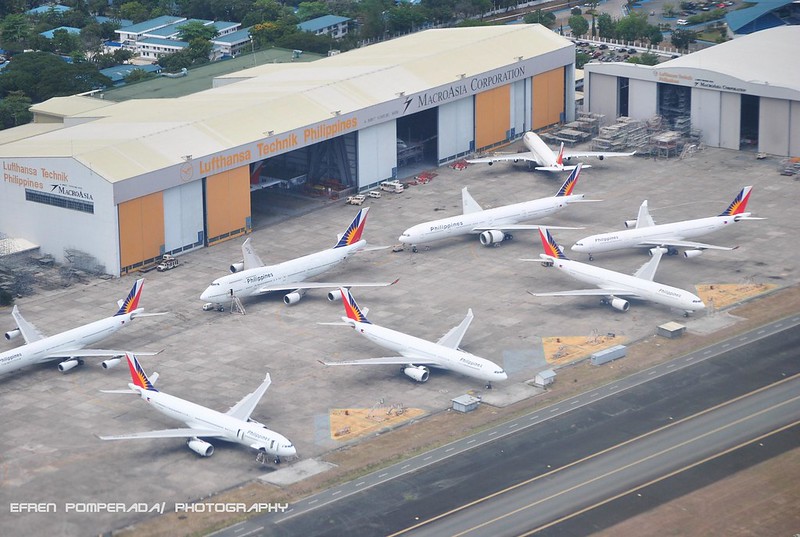
25 November 2020
Flag carrier Philippine Airlines (PAL) intends to seek court bankruptcy protection before the end of the year as it fails to convince aircraft lessors for debt restructuring plans and return of at least 20 unused aircraft that drain the airlines finances.
The airline did not disclosed what aircraft they intend to return, but it operates a mixed fleet of long haul Airbus and Boeing aircraft as well as narrow-bodied Airbus aircraft and Bombardier turboprops.
The company said they are still in talks with aircraft lessors as to revision of its schedule of its payments, and return of some aircraft as it could no longer pay for them.
PAL caution that should they not agree with their proposal it will have no choice but to seek court protection to relieve it of financial burden amounting to at least US$1 billion and raise US$505 million "for post-restructuring liquidity requirements."
President Gilbert Santa Maria told employees during the town hall meeting that bankruptcy protection was necessary to help the airline survive the pandemic as it suffered capital shortfall of US$480 million as of end of September.
These plans were disclosed by airline officials after its earlier negotiations with aircraft lessors fails. It is now asking for their reconsideration before filing court action. The voluntary receivership will enable the airline to defer lease payments without incurring penalty and return aircraft to lessor saving them much needed cash as they buy time to weather out pandemic.
The airline is looking to avoid a scenario where creditors file a liquidation proceeding for its inability to pay debts.
The Lucio Tan group earlier made a series of capital infusions to keep the airline afloat, including US$225 million in deposits for future stock subscription, US$122 million in advances in March and US$74 million in non-aviation asset sales.
Its best effort to keep the airline afloat feel short however as the Covid19 pandemic lingers longer grounding almost all of its fleet and preventing them to generate much needed revenue to pay off lease payments to its aircraft.
PAL reported a comprehensive loss of $159.3 million in the third quarter of 2020 versus a $98 million loss during the same period in 2019. While its losses in the third quarter eased by 30 percent from the $228 million loss in the second quarter, its revenue of $184.8 million wasn't enough to pay off debts from leased aircraft.
Philippine Airlines previously entered court-assisted rehabilitation in 1999 after it was struck by the Asian financial crisis and came out of receivership in 2004.
"Philippine Airlines management and stakeholders continue to work on a comprehensive recovery and restructuring plan that will enable PAL to emerge financially stronger from the current global crisis," Sta. Maria said.
“We now have an increase in regular commercial flights. We also have special cargo and repatriation services that helped boost PAL’s third-quarter performance,” PAL said.
The airline announced that it had carried 339,000 passengers during the third quarter, higher than the 92,000 that it flew in the second quarter. PAL however laments that it has restored just 17 percent of its pre-pandemic flights on average.
"We will make the necessary disclosures at the proper time, once details are finalized. In the meantime, we continue to gradually increase our flights operated on most of our international and domestic routes in line with market recovery." adds Sta. Maria.
No comments:
Post a Comment